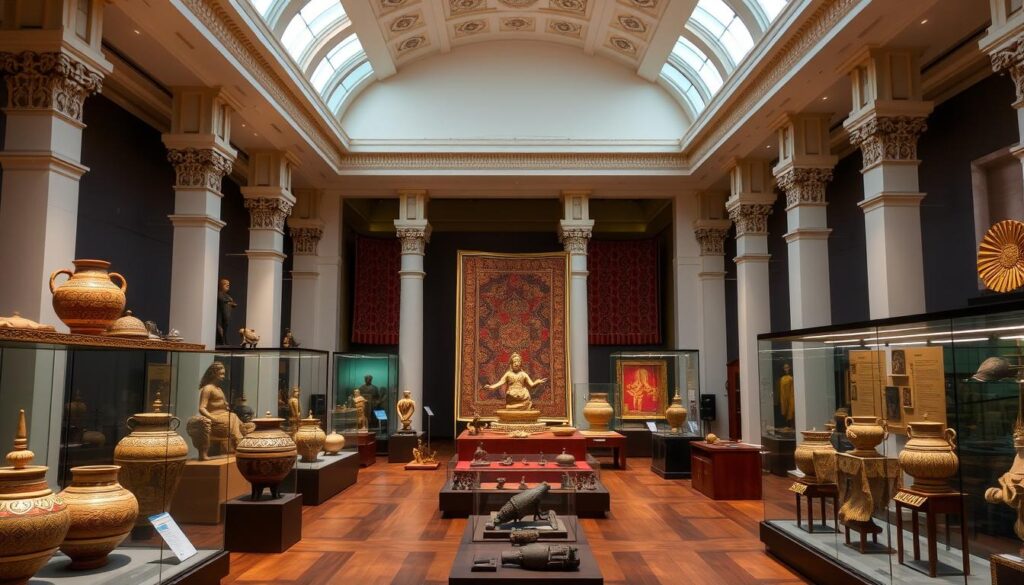Sri Lanka Pays USD 503 Million for Debt Service in 2024
Sri Lanka’s external debt hit USD 37.5 billion by June 2024. The government is working hard to manage its debt and ensure timely repayments. This comes amid a tough economic situation for the country.

From January to June 2024, Sri Lanka paid USD 503 million in debt service. This included USD 275.1 million for principal repayments and USD 227.9 million for interest payments. These payments were part of the government’s interim debt standstill policy.
The policy aims to manage the nation’s debt while working towards economic recovery. Sri Lanka is committed to honoring its debt repayments. The country is also working with international creditors to ensure sustainable external debt.
Timely debt servicing remains a top priority for the government. The finance ministry is looking for ways to increase revenue and attract foreign investment. They also aim to promote sustainable economic growth to support debt management efforts.
Sri Lanka’s Growing External Debt Burden
Sri Lanka’s external debt has hit USD 37.5 billion as of June 2024. This comes from the Mid-Year Fiscal Position Report. The debt standstill policy, started in April 2022, led to suspended repayments and interest.
By 2019, Sri Lanka’s gross public debt reached 94 percent of GDP. This was high for emerging markets. External shocks worsened the situation from 2016 to 2019.
Total External Debt Reaches USD 37.5 Billion by June 2024
Sri Lanka’s rising external debt shows its tough road to recovery. The country is working to restructure its finances. In 2021, the current account deficit grew to 3.8 percent of GDP.
Challenges in Sustainable Debt Management and Economic Recovery
Sri Lanka faces major hurdles in managing debt and boosting its economy. In 2020, inflation hit 14.2 percent, above the Central Bank’s target. Gross international reserves fell sharply from 2019 to 2022.
Support came from Bangladesh, China, and India during the pandemic. Yet, Sri Lanka still struggles with debt restructuring and unpaid debt service. The country must find ways to grow while managing its external debt.
Breakdown of Debt Service Payments in First Half of 2024
Sri Lanka set aside $503 million for debt service payments in early 2024. This shows their dedication to managing international obligations during economic recovery. The payments were split between principal repayments and interest payments.
USD 275.1 Million Allocated for Principal Repayments
$275.1 million went towards principal repayments. These payments help reduce the overall debt burden. They also maintain Sri Lanka’s credibility with lenders and financial institutions.
USD 227.9 Million Covering Interest Payments
$227.9 million covered interest on bond payments and other financial tools. Interest payments reward creditors for lending funds. They also help Sri Lanka keep access to global money markets.
By meeting these obligations, Sri Lanka shows its commitment to financial promises. This helps maintain a stable economic environment for the country.
Impact of Debt Standstill Policy on Debt Accumulation
Sri Lanka’s interim debt standstill policy has led to significant unpaid debt accumulation. By June 2024, the policy resulted in USD 8.19 billion of unpaid debt service. This includes USD 5.67 billion in principal and USD 2.52 billion in interest.
The policy aimed to ease immediate financial pressures. However, the growing debt highlights the need for a comprehensive restructuring plan. Sri Lanka must work with the IMF and creditors to find a sustainable solution.
The IMF reports that 60% of low-income countries, including Sri Lanka, face high insolvency risk. These nations require debt relief to avoid economic collapse. Sri Lanka needs to explore innovative debt restructuring approaches.
One option is linking debt reduction to environmental conservation or sustainable development goals. By collaborating with the IMF and creditors, Sri Lanka can build a foundation for fiscal sustainability. This cooperation is key to long-term economic recovery.
The debt standstill’s impact underscores the need for effective global debt crisis tools. Policymakers must prioritize sustainable debt restructuring solutions. These should balance debtor and creditor interests while protecting critical sectors like health and education.
By addressing these challenges proactively, Sri Lanka can work towards a more stable future. Collaborative solutions are essential for the country’s prosperity and economic stability.



